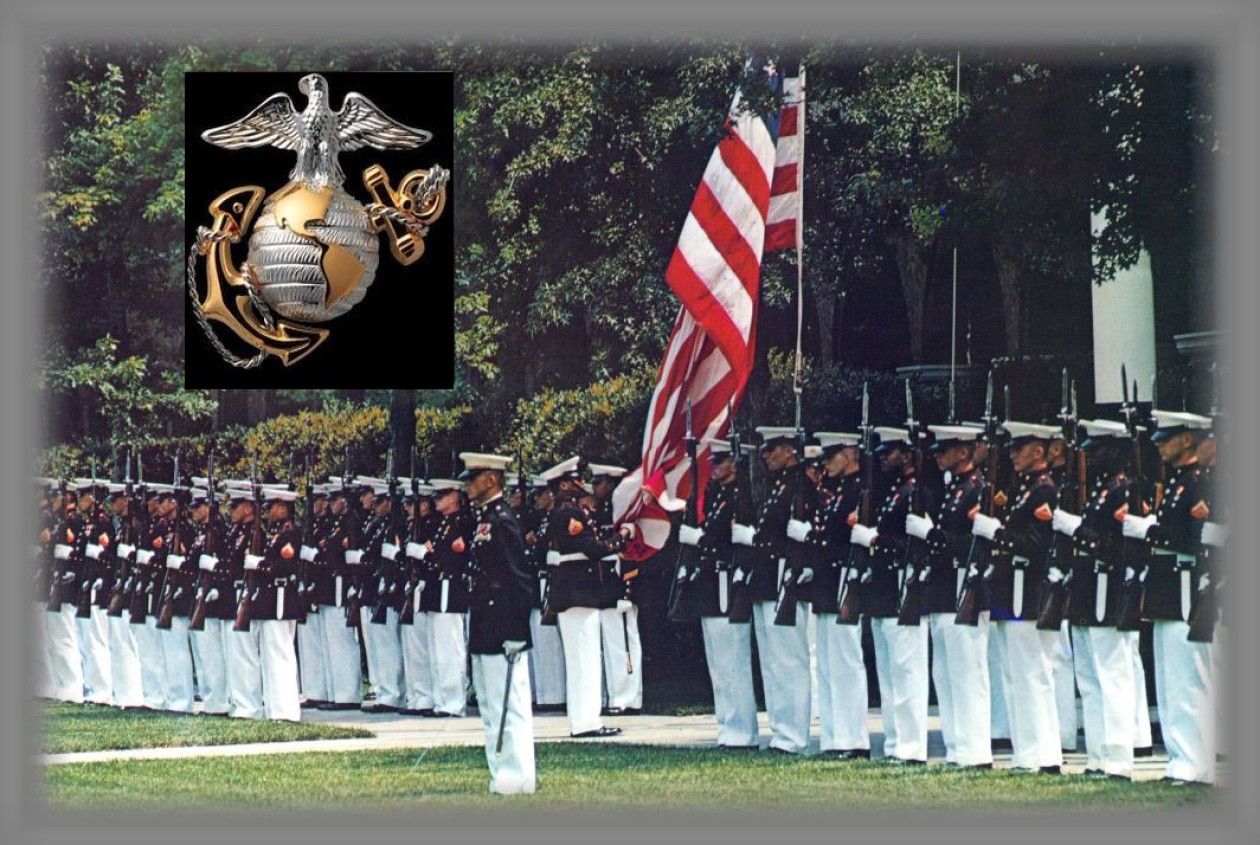There is a statistic that has been widely quoted in the veteran community that highlights an estimated 22 veterans a day are committing suicide. It is a deeply troubling statistic and has galvanized the veteran movement, both from inside the military and veteran communities, and externally, to bring about a wide range of programming nationwide. The statistic, however, is widely misunderstood.
This figure — 22 veterans a day commit suicide — while widely touted by politicians, media outlets, veterans service organizations, among others, comes from the VA’s 2012 Suicide Data Report, which analyzed the death certificates of 21 states from 1999 to 2011, and often is not provided within the right context. The report itself, as cited by the Washington Post earlier this year, warned, “It is recommended that the estimated number of veterans be interpreted with caution due to the use of data from a sample of states and existing evidence of uncertainty in veteran identifiers on U.S. death certificates.” As an example, the average age of veteran suicides within the data set was nearly 60 years old, not representative of Iraq and Afghanistan veterans generation.
A more recent study, which surveyed 1.3 million veterans who were discharged between 2001 and 2007, found that “Between 2001 and 2009, there were 1650 deployed veterans and 7703 non-deployed veteran deaths. Of those, 351 were suicides among deployed veterans and 1517 were suicides among non-deployed veterans. That means over nine years, there was not quite one veteran suicide a day,” according to the Washington Post.
While veterans have a suicide rate 50% higher than those who did not serve in the military, the rate of suicide was, as the LA Times reported, “…slightly higher among veterans who never deployed to Afghanistan or Iraq, suggesting that the causes extend beyond the trauma of war.”
Coming home from war, a six-month deployment on a ship, or simply transitioning from a life in uniform to a life without one, can be difficult and the various state and federal systems set up to deal with this transition and life after military services are unable to meet the need. That is not to say these programs — the Veterans Affairs entitlement and benefit programs like medical care, the G.I. Bill, the VA Home Loan, etc. — are not helpful; they are. But, for my generation of veterans from Operation Iraqi Freedom and Operation Enduring Freedom, our suicide rate is closer to one a day and most likely to occur in the first three years of return. While this this is still very troubling, it is not 22.
Still, there are further steps needed in bridging the gap created by those who serve and those who don’t. Supporting integration back into families and communities requires robust public-private partnerships. The veterans, as well as the communities they live in, are both responsible for filling or bridging that gap, though not necessarily equally.
The challenges of adjustment and transition, post-traumatic stress, traumatic brain injuries, and physical disabilities, all need to be addressed especially as these things result in barriers to education, employment, health care, and overall individual well-being. Many of these needs are being met by a combination of different veteran-serving nonprofits and VA support. Unfortunately, there are still gaps in the system.
We in the veteran advocacy community need to tailor our programming, especially if we are in the business of preventing suicides, to respond to what we’ve learned from the data. One suicide is one suicide too many. Effective programming to help service members, veterans, and families transition to a positive life after service in their first three years home from service is a must.
Another requirement is fostering supportive community relationships for veterans, and really for all people, when life gets difficult as they surge past the age of 50. It also means that if we are serious about tackling the problem, we need to be creating, or rather shifting, programming specifically to address the needs of older veterans while maintaining preventative care for recently returned veterans.
As soldiers, sailors, airmen, and Marines, we all prided ourselves in uniform on not making the emotional decision, but the right decision. As veterans, we should have the same commitment and that means we need to act within the framework of facts — in advocacy and programming. Inadvertently, we’re preying on a well-intentioned public by citing a misleading statistic to receive financial support and that’s not right.
As veterans, we’re far more resilient than we’ve given ourselves credit for. If we do our job now, and extend a helping hand to our brothers and sisters over 50, we can decrease that suicide rate, and ensure our generation avoids despair in the future.








